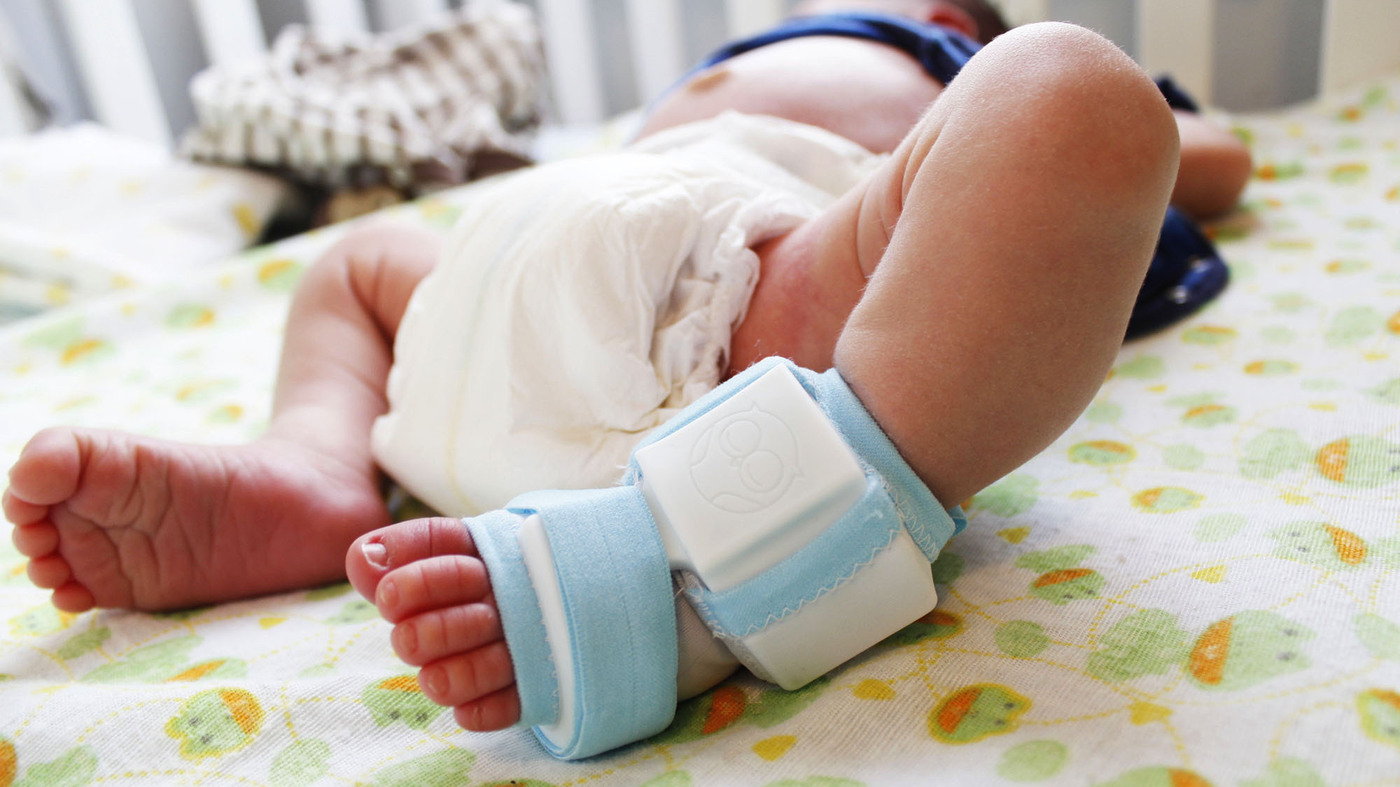Guide To The Causes And Risk Factors Linked To Cerebral Palsy
Cerebral palsy is a neurological condition that causes changes in a child's posture, movement, and learning. Symptoms of the condition normally begin by five years old, and they are sometimes apparent at the time of a baby's birth. Approximately ten thousand children with cerebral palsy are born each year in the United States, and an estimated 764,000 Americans display at least one symptom of the condition. Cerebral palsy symptoms vary in severity, and they can range from mild walking problems to eating and speech difficulties. Cerebral palsy is more common in infants born prematurely. To diagnose this condition, doctors use brain scans and examinations of a child's movements, posture, gait, and reflexes. Physical therapists, occupational therapists, and speech therapists help patients with cerebral palsy to improve their motor skills, and some patients may need to have surgery to reduce muscle rigidity.
The medical conditions outlined below are some of the most frequently observed causes and risk factors associated with cerebral palsy.
Genetic Mutation
Over the past several decades, the majority of scientists believed genetics accounted for less than one percent of all cases of cerebral palsy. However, the results of a twenty-year study conducted in Australia and Texas indicate as many as fourteen percent of cerebral palsy cases are the result of a genetic mutation. Published in 2016, the study involved a technique known as whole-exome sequencing. Additional research carried out at the Hospital for Sick Children in Toronto mapped the genomes of 115 children with cerebral palsy, as well as the genomes of the children's parents. The findings showed ten percent of the cerebral palsy cases were due to structural changes in the patient's DNA. All of the patients who exhibited structural changes in their DNA were found to have genetic mutations. The scientists involved in the study identified six genes conclusively linked to the development of cerebral palsy. Although more research is needed, these findings could lead to the creation of genetic tests for cerebral palsy in the future.
Uncover more causes and risk factors associated with cerebral palsy now.
Fetal Stroke

A fetal stroke could occur at any point between from fourteen weeks gestation to the onset of labor. During a fetal stroke, the blood supply to the developing brain of the fetus is disrupted, and this can result in damage. After birth, infants who have had a fetal stroke are often diagnosed with epilepsy, cerebral palsy, or learning difficulties. Doctors are still trying to understand the causes of fetal strokes, and they now believe most cases are caused by ischemic, hemorrhagic, and thrombotic injuries that occur before birth. In fact, a study of forty-seven instances of fetal stroke identified hemorrhagic lesions in more than ninety percent of cases. MRI scans are typically used to detect fetal strokes. Risk factors for a fetal stroke include alloimmune thrombocytopenia and physical trauma to the mother, such as a fall.
Get more details on cerebral palsy risk factors and causes now.
